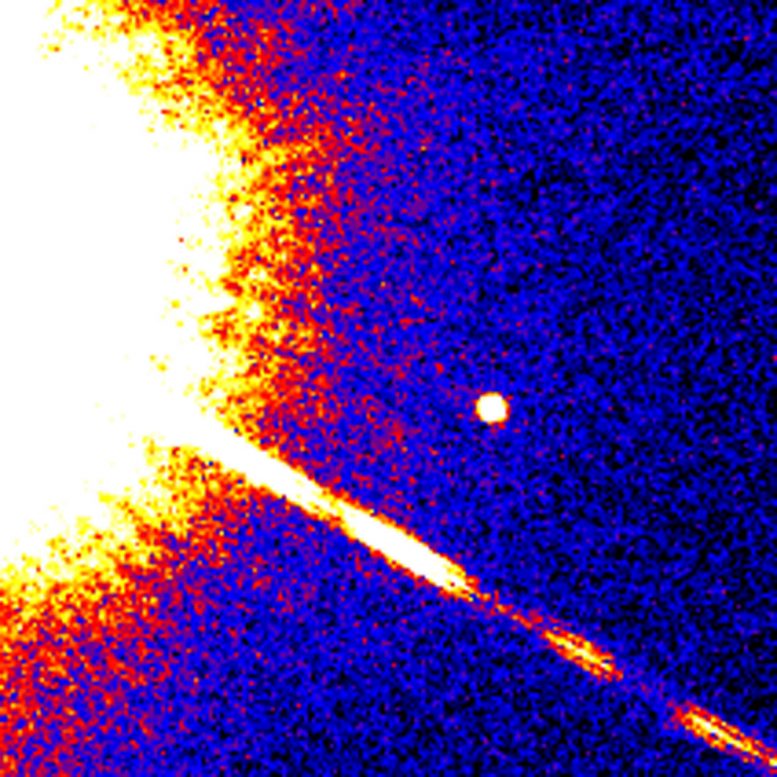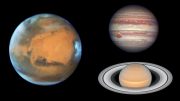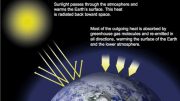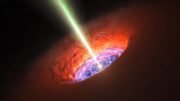Using a new systematic radial velocity search for brown dwarf and stellar-mass companions to stars, astronomers from the Harvard-Smithsonian Center for Astrophysics have discovered one new giant exoplanet and four new companion stars.
The search for exoplanets via the radial velocity technique has been underway for nearly 30 years. The method searches for wobbles in a star’s motion caused by the presence of orbiting bodies. It has been has been very successful, detecting hundreds of exoplanets, but has been overtaken (at least in a number of detections) by the transit method, which looks for dips in the star’s light. The velocity technique also naturally spots orbiting bodies that are larger than planets, which can be either stellar-mass companions or smaller companions that are not quite large enough to become stars, called brown dwarfs.
These larger companions have been largely ignored by surveys dedicated to finding exoplanets, but they are valuable discoveries for astronomers trying to study the smallest classes of stars which are very dim and otherwise difficult to detect. The indications so far are that there are fewer brown dwarf stars than expected in the mass range from about 13 to 80 Jupiter masses, a phenomenon known as the “brown dwarf desert” that is unexplained.
There is another important puzzle: About half of all nearby stars are binary systems yet there are very few known exoplanets around them – only about five percent of all known exoplanets. The dynamics of forming a planetary system around (or within) a multiple-star system are complex and important but poorly understood.
Harvard-Smithsonian Center for Astrophysics (CfA) astronomer John Johnson and six colleagues decided to study brown dwarf stars directly with a dedicated, five-year survey that emphasized large companions (stars or brown dwarfs) to mid-sized stars.
The scientists selected forty-eight candidate stars for detailed observations from an initial sample of 167 likely candidates based on preliminary observations. They discovered one new giant exoplanet in this set and four stellar-mass companions, one of which may in fact be a brown dwarf. All the objects orbit their stars at distances less than a few astronomical units (one AU is the average distance of the Earth from the Sun).
The new results include the orbital parameters of the objects, and the paper considers the possibility of imaging directly these multiple systems with a new generation of optical instruments. The work also marks one of the first efforts to address the nature of the “brown-dwarf desert” by searching for them systematically in order to improve the statistics.
Reference: “The Pan-Pacific Planet Search III: five Companions orbiting giant stars” by R.A. Wittenmyer, R.P. Butler, L. Wang, C. Bergmann, G.S. Salter, C.G. Tinney and John Asher Johnson, 12 November 2015, MNRAS.
DOI: 10.1093/mnras/stv2396
arXiv:1510.04343










The four new companion stars around an exoplanet may be like one can view our sun from another galaxy with four new ‘stars’ that are our Jupiter, Saturn, Uranus and Neptune being gas giants in the system. A planet with multiple suns should be imagined like this only as only one Star may contribute to the light and heat on the planet whereas other stars should be seen as our giant planets only. thank You.